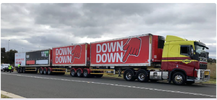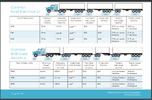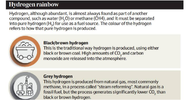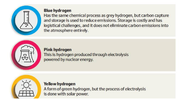- Joined
- 3 July 2009
- Posts
- 27,505
- Reactions
- 24,331
Good points @Value Collector . 
It would actually enforce rest breaks, which isn't a bad thing. It would put the onus on the trucking companies to better schedule, rather than putting the onus on drivers, to meet ridiculous schedules.

It would actually enforce rest breaks, which isn't a bad thing. It would put the onus on the trucking companies to better schedule, rather than putting the onus on drivers, to meet ridiculous schedules.



















